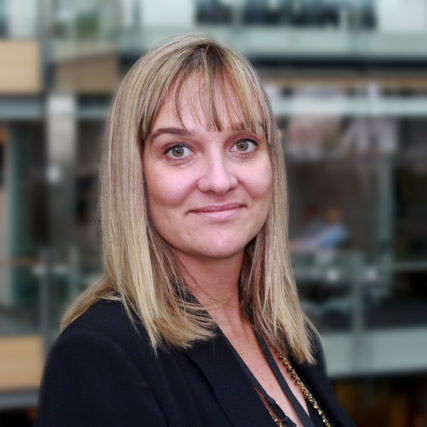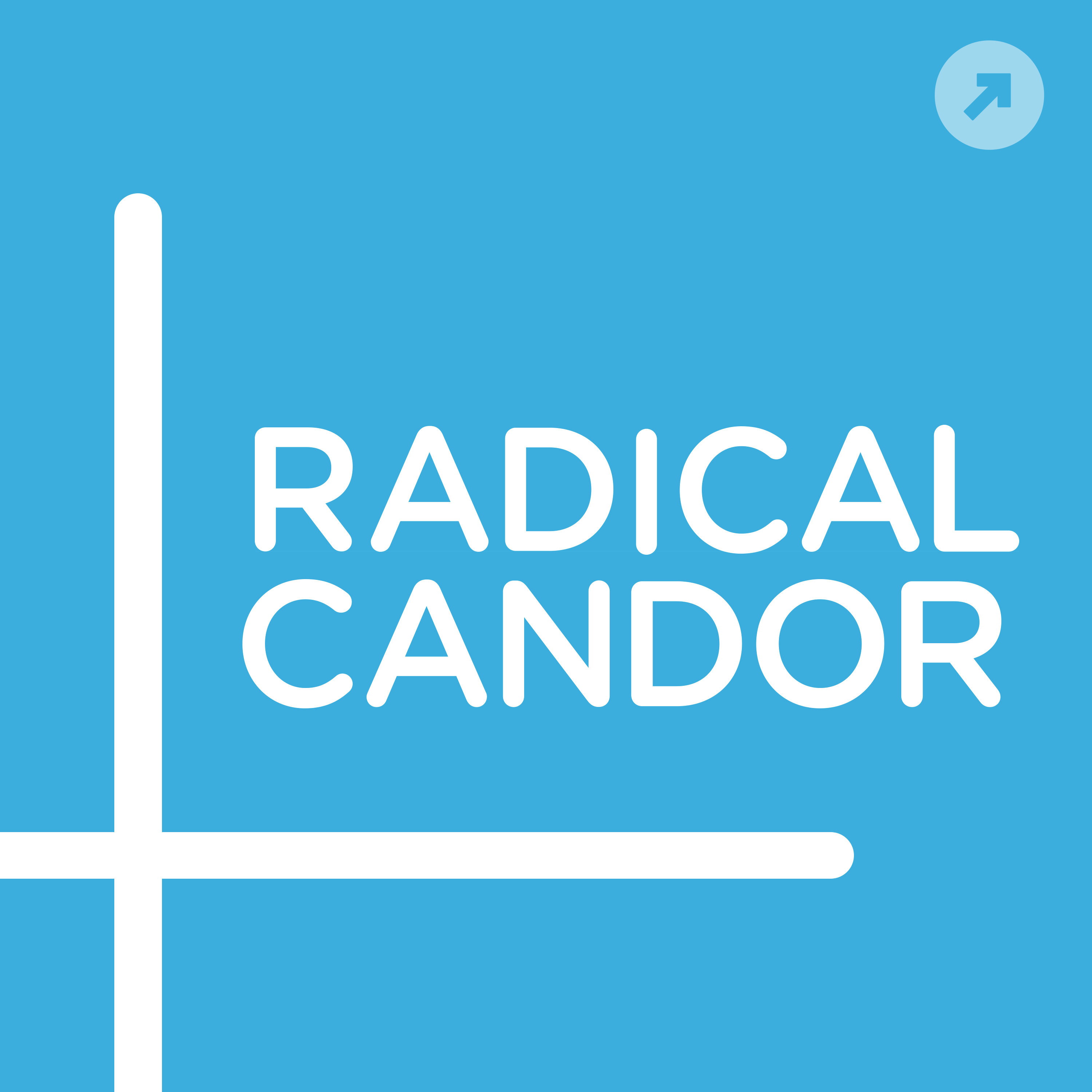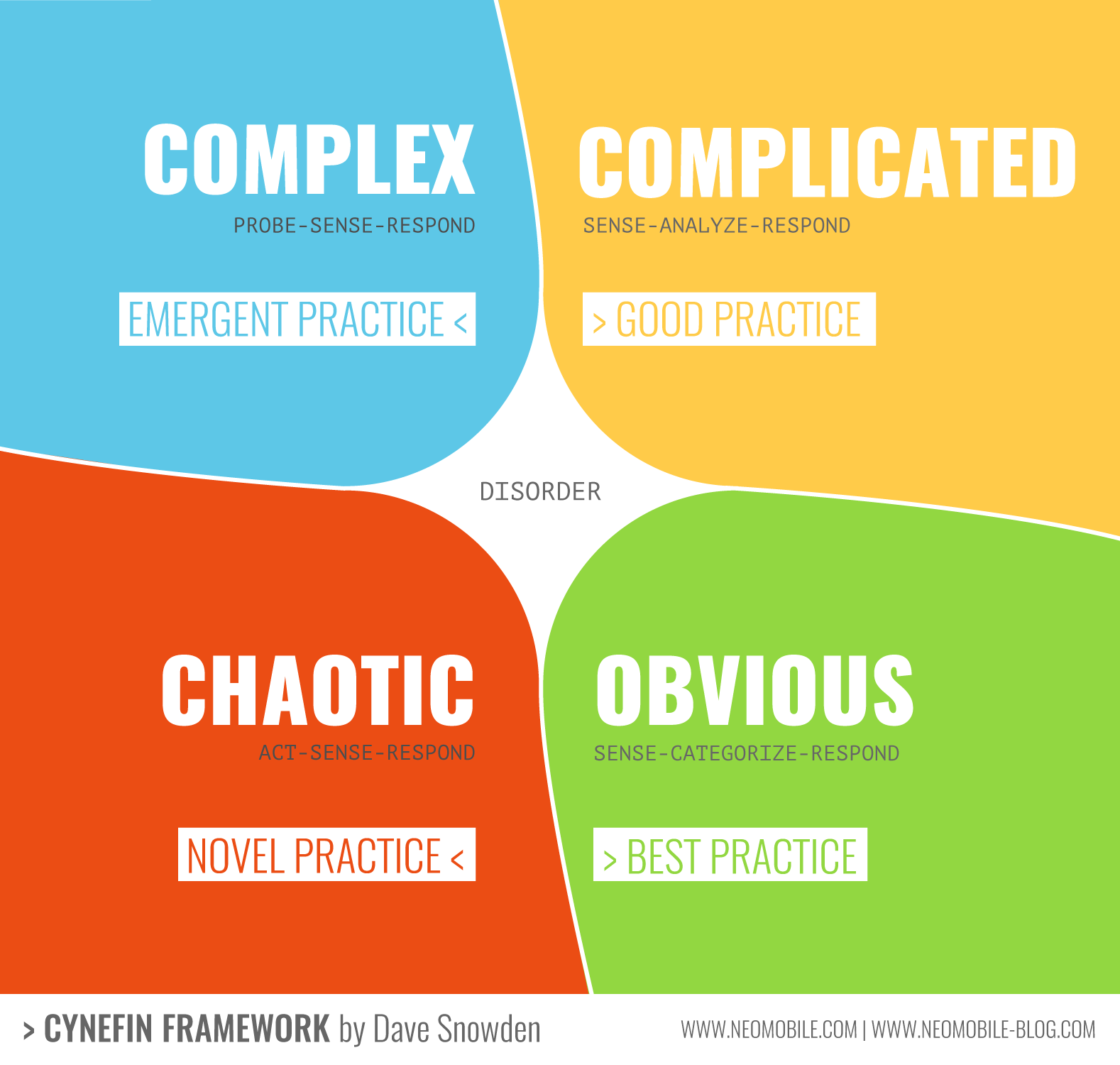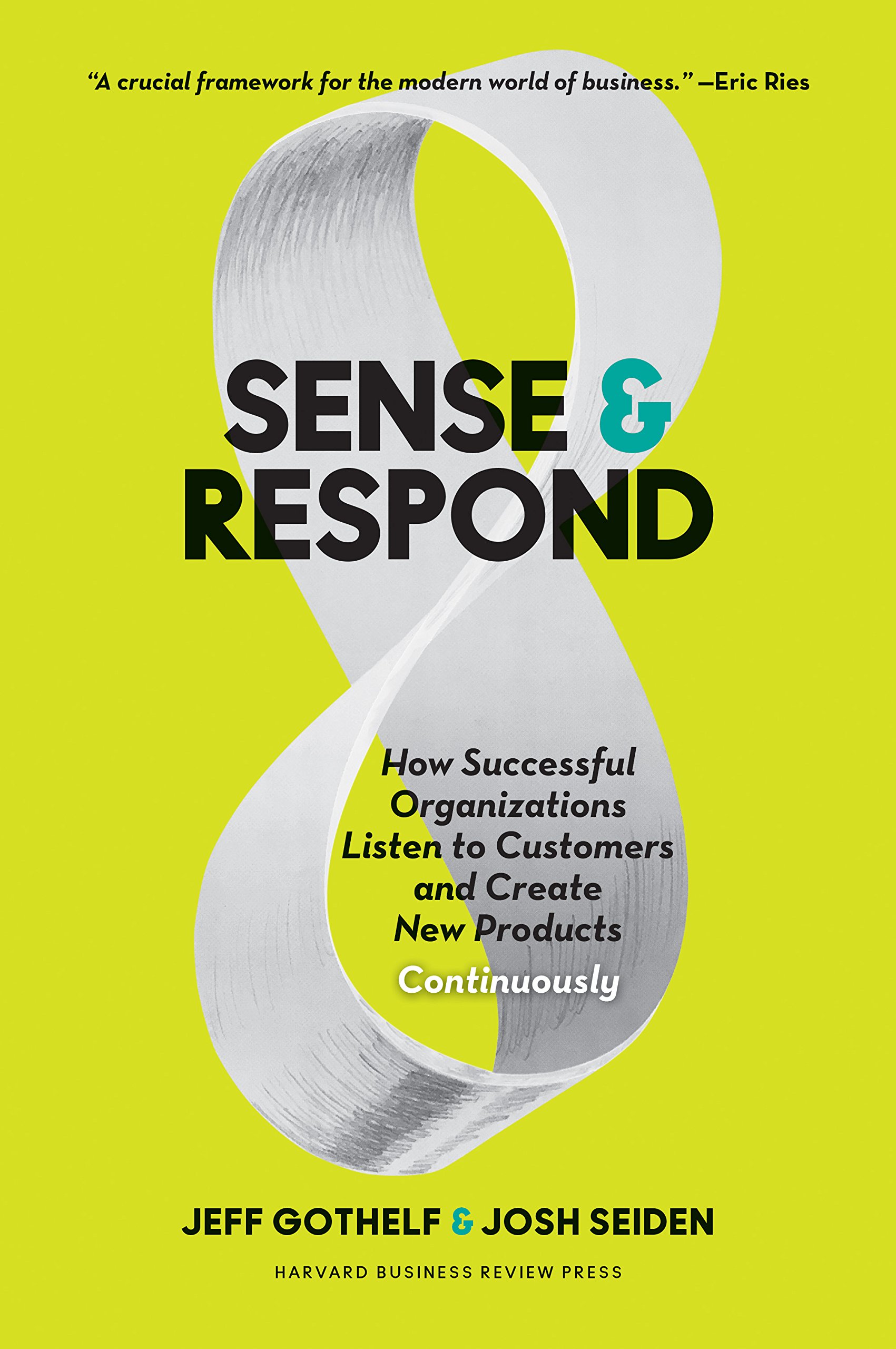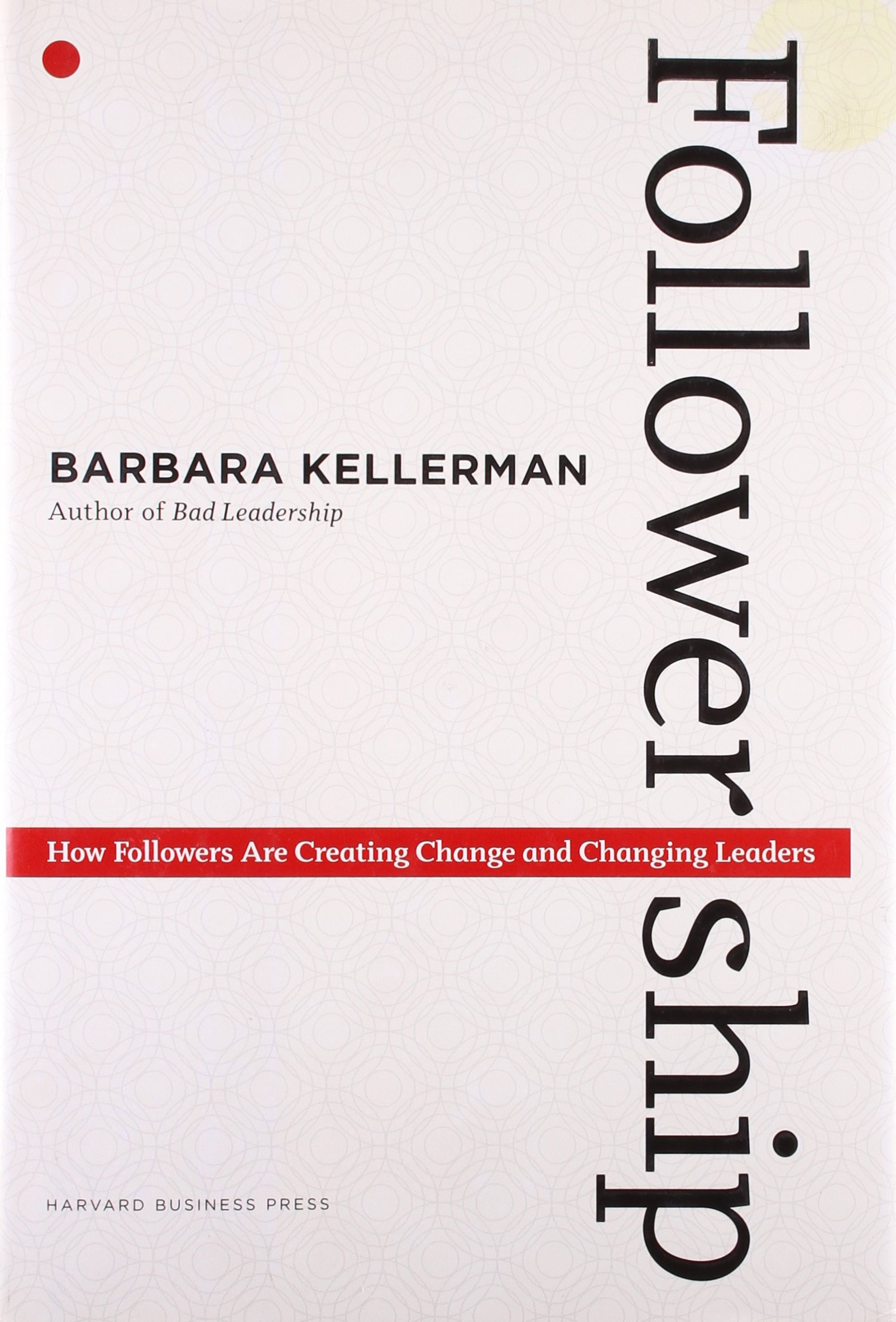Inga: Inga Latham, CPO at SiteMinder.
Suzanne: Awesome. I'm just like all enthralled about sitting here with you, I was looking at your resume, which is like 100 years of senior product leadership, maybe not 100-
Inga: Hopefully I'm not that old.
Suzanne: No, you certainly don't look like you have 100 years of product management experience, but Gosh, you've been doing this a long time.
Inga: About 11 years I think.
Suzanne: How did you get into product management?
Inga: I started out life as a journalist actually working on lifestyle magazines, but the future yawned before me and I thought I definitely didn't want to work at Cosmopolitan. So I got involved in online publishing and I was hooked straight away and it was pretty much a path from that to online content strategy to user experience. And after about six years doing that, I got a little bit resentful about people telling me that was a nice idea, but I didn't really understand the commercials, so they'd make the roadmap decisions and I thought, I think I can have a crack at this thing called product management, which then was an emerging discipline, so I was lucky enough to get a job working for Yahoo as a Product Development Manager, which is what they called them back then in London and I thought I'll really learn how it's done here, well, not so much, but I loved being able to work with the business on the strategy, mixing commercials as well as user needs, which I brought with me from my experience in UX. I was pretty much hooked from then on.
Suzanne: So when you say UX, did you actually work as a designer as well?
Inga: No, my father often asked me before he passed, what exactly I did because he couldn't understand it, my aunts was always basically I'm bossy and he said well, that I understand, your mom is the same, and I'd say what I'm really good at is structure and planning and I'm pretty good at connecting the dots. So while I’d ran a UX team, I wasn't a designer. I was more taking the brief, figuring out the experience strategy part of that and putting together a team who could execute on it.
Suzanne: How would you say managing a team of designers is different from managing the whole cross functional team?
Inga: How long do you have?
Suzanne: Well, we just got started, so.
Inga: I actually just came out of a role where for five years, I managed 100% creative team of designers, researchers and I'd say creatives are just a lot more work as human beings, they often struggle with a commercial context and you really have to take them on a journey, it's a sell for creatives, they have to believe in what you're doing.
Product people are probably a little more mercenary, they'll make that call for themselves or for you, and I think getting product designers integrated in the cross functional team, so for people to understand their value and for them to understand everyone else's, that's the challenge when you lead a creative team.
There wasn't enough natural planners, so it'll take as long as it takes and some of them tend to think they're there to create art and you have to find or be able to articulate for them the compromise between a perfect experience and a practical commercial outcome.
Suzanne: Right, So your last role, you said you were managing mostly designers. Have you shifted in this? How long have you been with SiteMinder?
Inga: Six months.
Suzanne: This is fresh?
Inga: Six months today.
Suzanne: Happy Anniversary.
Inga: Thank you.
Suzanne: So what prompted the shift? Is this your first chief product role? What's different?
Inga: It is my chief product role. Actually, the shift was in my last job, I had been managing product teams for about seven years in London and I got a call from a headhunter about a role for a bank here in Australia. When I got the call I was like, "I'm never going to work for bank, let's be clear about that." But I had a couple of more conversations with him, I spoke with the Chief Marketing Officer who digital and the bank reported into, and I was pretty intrigued because they were right at the beginning of the journey.
They were creating a digital team that had no concept of product because products in the bank, you have people who run mortgages and transaction accounts and all that kind of stuff, and they wanted to build something from the ground up, which I'm always really motivated by and I was also motivated by coming to live in the sun after 14 years in London. So after a little bit of back and forth and I visit here, I thought, well, I could do it for two years, we could build something great and then we can decide.
Suzanne: Four years later, five years later?
Inga: Five years later, I left. But we essentially built a team, I started with 12 designers who were 98 when I left, the digital team had grown from 162 to 1,000, so it was a great period of transformation and putting structure in place as well as getting real business outcome.
Suzanne: A thousand people in the digital team.
Inga: Yes.
Suzanne: What does the structure look like at that scale?
Inga: We ran 40 something scrum teams and we divided into portfolios of public website, authenticated websites and mobile.
Suzanne: And in your capacity at that time, were all of those teams ultimately reporting up to you or you have just sort of one portion of the thousand?
Inga: No, from a leadership perspective, we had a business leader who owned the portfolio and was responsible for interactions with stakeholders and the rest of the bank and I had a peer kind of Chief Technology Officer peer between design and delivery, we were responsible for servicing those different portfolios.
Suzanne: Gosh, so this is a prevalent theme showing up here in this series of interviews we're doing for Leading the Product that working in product as a leader is a very different complexion than working in product sort of more tactically in the role and you know, perhaps because you've been in this a long time in leadership roles, maybe you're disconnected from that or maybe you're still acutely aware. Can you you speak to your experiences?
Inga: I think the new role I've gone into has made me acutely aware of it again. SiteMinder is still a founder led business, both founders work in the business, one is the CEO, one is a CTO. And while it was 600 people, like a 600 person start up, is how we operate, so the product team, I've inherited the really strong subject matter expertise but very much in the delivery of the product features not thinking up in terms of what is the commitment for the quarter, for the year, is this mapping to the business strategy? How I'm measuring my success.
So that for me is where you start creating the difference between perhaps ... and what in our context we call a Product Owner is responsible for delivery versus Product Manager who needs to have their head up a little bit. They need to be aware of what's going on with the product and delivery and make prioritization calls based on that, but they need to be thinking longer range, have the commercial awareness. I think building those skills is what really builds you as a product leader.
Suzanne: So when ... this comes up a lot, how I describe what what you just spoke about is moving between the resolutions of strategic and tactical and depending on the structure of the organization, I mean, in some organizations the Product Manager is also playing that Product Owner role. In other organizations, there's a clearer separation between, but I think there's a danger both in getting stuck, certainly in being too tactical, which I've seen as the default mode for a lot of individuals, it's easier to go toward execution, then kind of planning and foresight, but there's also danger in getting stuck sort of too much in the strategy as well. What have you seen as some of the challenges either that are facing your more current team or just historically in the past in that regard.
Inga: So I try and get around that by making the Product Manager accountable end to end. Maybe not responsible, they may delegate some of the responsibility for delivery, but they’re still accountable for it and I think that gives them, you know, I use this one throat to choke expression which is perhaps not incredibly friendly, but someone has to be the person that makes the last call and have the last accountability.
But you're right, I have seen Product Managers who … ex-management consultants who can create a beautiful strategy on paper but are disconnected from customers and the reality of what it take to execute that. So I try and look for that in a hiring profile. Do you have a good strong commercial and strategy inclination but aren't averse to getting your hands dirty?
Suzanne: How do you ferret that out in conversations or in interviews?
Inga: I like a second interview, I always try to do a task based interview so I can understand their thinking, but I also ask, "How would you plan the execution of this? What do you think could go wrong in execution?" And you see pretty quickly if people have no experience in execution or just don't care, they say well, that's the Manager's problem, or they can't think through practical examples of planning or what may go wrong.
Suzanne: What kind of leader are you?
Inga: I think I'm quite a colloquial leader.
Suzanne: What does that mean?
Inga: I think it's you got to get amongst people, right? And get to know them and what motivates them. I'm a huge fan of the Radical Candor podcast, I really think that's a fabulous philosophy of challenge directly and care deeply, and I recently read Brené Brown’s new book, which is Clear is Kind. Unclear is Unkind, so I have in the past been accused of being very direct and I think I've learned to moderate that a little bit by showing people that you actually care about them and their context and their success, that gives you the privilege of being very direct with them.
Suzanne: Do you think that that feed back about your being too direct is also rooted in the fact that you're female identified? Like do men get that? Do people tell men "I think you're being a little direct on that?
Inga: No, I think there's a large proportion of that.
Suzanne: So how do you negotiate that then if directness isn't necessarily a bad quality, but it seems to be one that shows up in the form of feedback. What do you do with that?
Inga: I ask for example, and I asked for what the consequence of my directness was. Did I make someone feel bad? Did someone feel pressurized? Did they feel threatened? Or where they're unprepared for that? Should I have given them a bit more time and not asked for immediate response to a question?
So I always try to root it in, Okay. If you feel it was to direct what was the impact it had and help me to understand that so I understand how to moderate what I'm saying and the directness. Sometimes that manifests as people saying you're critical, but I've learned to accept and live with that-
Suzanne: I was going to say the folks listening in can’t tell, but I'm sitting across from you, your demeanor is like, “Eh, so they think I'm critical, I don't know.”
Inga: I think as long as you're not trying to score intellectual points of people, as long as you're not making people feel bad when they leave the interaction with you, holding people to a higher standard by being direct and asking them why something happened or how they're going to get it around it, I don't think that's a bad thing. I think it's a cultural thing as well. I'm South African and we have a reputation for directness and trying to get to quick resolution.
Suzanne: I can corroborate that from a few South Africans that I've met in my life for sure. What are some of the cultural differences that you've experienced being down here in Australia now for a few years as opposed to kind of the Product Community or the way that Product Management is embraced and I guess carried out in London?
Inga: That's a tough one, I think sometimes ... because maybe the financial services world, it's a little bit different from kind of a retail or technology world, which I had worked in before. I would say the pace of change is slower here, the leaders are perhaps slower to adopt some of the changes we push through or experiment with change, and sometimes the individuals in product, I don't know whether it's, they're not hungry enough, but generally working with people, you know, in Europe and the US, I would say people are pushier, I think there's a high degree of complacency, it's okay for things to take longer and maybe that's a feature of the isolation. But I think if you're an Australian business wanting to compete in a global context, you have to understand that behavior has to be different, adoption of a rate of change has to be different and your benchmark is not local.
Suzanne: Yeah. You and I spoke offline about this last night at one of the gatherings. This what it means to represent a global company. Can you share kind of some of your perspective on that because I mean you've been ... for context for our listeners, right? You've worked with Ticketmaster, you've been with large eCommerce organizations that have posts all over the world, so then coming down here and working with companies that are a little bit more insular, what's the shift that needs to happen?
Inga: People have to get out of their comfort zones. Just by nature of where we are in an hour's logistics, that stuff is hard and I think if you want to be successful, you just have to get over the discomfort or disruption to what is an amazingly comfortable lifestyle.
I might not have seen that in the founders of the business I'm in now. They are globally successful but you know, it's come at a reasonable amount of personal expense because for the first five years they were always on a plane and they were building those teams and it was a little bit of a force of personality to get things done, and now they're at the stage where they want to do that through structure and they've seen that a lot of people they've hired locally are unable to put that structure in place because they've never been in that context before.
Suzanne: Right. What is SiteMinder?
Inga: Yes, as I said in my talk, if people don't know what it is, neither did I before I got a call from a headhunter, it's a guest acquisition platform for hotels. So there are a zillion online travel agents and distribution channels out there, metiers, wholesalers, and the founder found a very interesting problem space, he was co-owner of a hostel out on the beach at Northern beaches in Sydney and his General Manager was telling him, "I have to go to all these extranets, upload inventory, go and check if they've sold and if they haven't, move it or reload, If they have sold ..." It's just incredibly painful.
At the time he worked for a medical switch company, which is basically directing medical data to different distribution sources and he thought, I think we can solve this problem and spoke with one of the architects he worked with, and the first product they built is called the Channel Manager and it's essentially that, it's a giant switch. So we take data from hotels either directly from the property management systems or they load into our extranet and we distribute them across the channels of their choice. So we have built the API connectivity to an excess of 300 distribution channels.
Suzanne: Right? So, forgive my ignorance on this. I'm gonna reflect back what I think that you said. If I am a hotel brand and I want to parse some inventory out to an Expedia, and some inventory to a Kayak and then using some, perhaps North American-
Inga: Those are all channels we have.
Suzanne: They are, they are all on the platform and so what this allows you to do as a hotel is have kind of like a single dashboard and ... I'm simplifying, but drag and drop from one to another.
Inga: You don't even have to drag and drop. We manage the inventory in real time, so we send the booking from the distribution channel back down to a PMS, inventory is updated and all the channels you're connected to instantly know how much availability of inventory you have.
Suzanne: And is that happening algorithmically or is there kind of a professional services layer that's part of the offering.
Inga: It's pure API connectivity. And then based on the success of that, what other products make sense along that. So when you're distributing through third parties, you pay … 50% plus of your margin goes to the third party, so we've built a series of products that enable hoteliers to get direct bookings because of course you're not giving away margin on those.
Suzanne: What's the biggest challenge that you're staring down right now? Being in this, as you said earlier, it's a new role six months as of this conversation and also sort of first time at the chief level. What's the thing that you're just like, Ugh, gosh, this is coming for me?
Inga: The first opportunity that I saw was just straight up process, they were relying on human relationships to get things over the line, not a lot of commitment to dates unless the CEO pushed. So I came up with this analogy of there's a sausage factory of delivery and like are we grinding meats, are we producing sausage, let's get that done.
So we focused on that and we put overarching product methodology in place that starts with research and design and ends with deliver and evaluate but we've really focused on my first three months hard on delivery, now we're kind of extending up the funnel to say, okay, how do we do the research and design in a multidisciplinary or cross functional team, get the businesses involved, make sure we hear the voice of the customer and make sure we're choosing the best cows to put in the grinder so to speak.
Suzanne: Some people are listening going I don't know, we need more vegetarian material.
Inga: There are a lot of vegans in our company so it hasn't gone down terribly well, but you know, honestly process and everyone understanding what their job is in the process, was the first opportunity for us. And I think that at the next level is how do we scale? So I think the process is the foundation for it, but scaling, you know, we have a significant market share but the total addressable market is, you know, in excess of half a million hotels and our current processes and systems, whether it's on the operational side or in products and delivery, are nowhere near where they need to be to be able to make that growth, and we're at 30, 40% year on year growth business.
Suzanne: Well, yeah, I mean first of all, I love that you say process because I'm Canadian and I always would say process and then I went to the US and everyone was like what's process? It's process, you have to shoot it, it's like there's something comforting about being down here in Australia and hearing a lot of the pronunciations feel a little familiar and seeing temperature in Celsius again, which is also nice.
But the expression that comes to my mind when I hear you talk about that is you have to slow down to speed up. And you know when a company is in a growth trajectory, the instinct can be throw more bodies at it, just get more, just get help and the idea of pausing to establish process, define it, create an enforced compliance around it can feel in a way like a detour, but is so critical to getting it right.
What would you say are the processes that you think are the most broken or the most absent or the most under addressed in product teams? Because a big thing that I like to bring up on the show is just like shining a light on all the stuff that people aren't proud to talk about because everyone thinks, oh my team isn't perfect but everyone else is. And I'm like, "No one's teams are perfect. Everything is a shit show, all the stuff that you're reading about best practices simply that it's an aspirational approach and there's reasons to adapt." So can you shine a light on some of the dirt that you've seen in the process that's like, well, this is bad.
Inga: For me, it planning and prioritization, there is always data because once you start getting those even halfway right, the rest of your job becomes a little bit easier because you're not dealing with Molotov cocktails down the line. If you can justify your prioritization and create a good solid plan, you get less deviation along the way.
Suzanne: Talking about roadmapping specifically or release planning or both of those things?
Inga: Release planning is probably a whole other podcast, for me it's roadmapping. I see a lot of people who come up into product, especially if they've come up through analysis or delivery, they tend to focus on a feature or a set of features, but when you're trying to deliver something bigger or you know, complete rewrite of something, you have to imagine the end state and then start breaking that down into chunks. People really struggle with that if they've come from that delivery world, I find..
Suzanne: Yeah, it’s the beginning with the end in mind philosophy or the outcomes over outputs philosophy and yeah, it's amazing how much we're conditioned to just think in terms of deliverables and I think that is, you're right, a big shift. How do you encourage and run the roadmapping process with your team at SiteMinder?
Inga So we've started with just baby steps, getting them to show up once a quarter with a plan and what we do is we have a review of that plan a month before we commit it. So let's say your quarter starts in July at the beginning of June, or end of May, I would have a roadmap challenge session with the executive team. So the product managers come in, they talk about what's informed the commitment for that quarter and say this is what we're dropping, this is the theme, this is the business value, this is the customer value.
So I tried getting them to say, "Don't show me a sprint plan, do a pitch, use a foam visual management board if you have, tell us a story so that we understand what you're delivering for us in terms of value before you show us the sprint plan."
And I'd say we're still getting to grips with that a little bit, pitching was terrifying for a lot of them. I said, "Well, if you want to run your own business one day, you'll have to pitch to someone for money, so you have to convince them you've got a halfway decent idea."
Suzanne: You said very directly.
Inga: I try to do demonstrations myself, so okay, I'll do it for this product, might not be right, but I'll tell you how I would have gone about it. So that's how we've started that process and we've just done the second quarter, people getting used to it.
Suzanne: Is there like a throwing down of the gauntlet, I'm imagining that there's torches in the background, these poor Product Managers are coming in, you and these founders entertain us with your product story?
Inga: No, it's a really casual environment and it's a conversation rather than anything else. I actually don't think the sessions are very challenging at all, they could be a lot more challenging-
Suzanne: Dial the challenge of the roadmap challenge up a little.
Inga: Yeah. We're certainly seeing the downside of that quarterly approach is where in a couple of products, we've got things that are 12 month long deliverables, the guys were struggling to map back to this, okay, remember where we're going in a year and this quarter is this phase and we're ahead or behind and these are the complications we've found, so we're going to have to think how I could get them to anchor in that. Which sometimes the CEO can think is a waste of time because he is like, "Yeah, I know that, get to the heart of the matter"
Suzanne: So are you saying then that there's kind of a company roadmap that's being set further out, sort of 12 or 18 months, but the Product Managers are being invited just to sort of speak in quarterly increments? So is there a blind spot then about what's going to happen in product underneath?
Inga: They know it, they're just struggling to map it in their story telling. They tend to get fixated on the quarter and not introduce the quarterly roadmap with "We're in phase two of four and this is how we're going and this is the can we're looking for in this quarter."
Suzanne: Your talk here at this Leading The Product conference, I missed it sadly. What was it called?
Inga: It's Relationship Status: It’s Complicated. Managing Product In A Global Company With Distributed Teams.
Suzanne: Can you tell us about it? Tell us the like one to three nuggets of wisdom. So for the folks that are listening in who are like way across the ocean, who wish that they could have participated, what were the key takeaways?
Inga: I'd say the key takeaways were, assume you know nothing and get context because whatever you've done before, whatever you've seen before, it will be useful, but it will be in a very new context. So you need to take a beat to understand that and create some empathy with the business and the internal customers as well as the real customers you'll have.
The second one is put building blocks in place. So I tend to think they're five or six things which are kind of product management framework. You need to understand what your product org is, design it, you need to have a roadmap, you need to have metrics … and you need to focus on relationship building, which I think in that distributed context is probably the most crucial and often the hardest because you can't just walk over to someone's desk and say, "Hey, let's go have coffee and talk about this thing" Or, "You didn't look so comfortable in that meeting, can we talk about it?"
And the last one ... putting metrics in place which I could probably spend another hour talking about, but getting out of that just feature delivery mindset, having a good set of metrics and understanding the drivers by market is quite critical.
Suzanne: So on the show we do a segment called Get the Job, Learn the Job, Love the Job, and what I would love to start by asking you as someone with 100 years of product leadership experience, no, it's 11 years, seven years-
Inga: Feels like 100.
Suzanne: Feels like 100 at times, is how do you make that leap from sort of a Senior Product Manager to a VP level? How do you ready yourself and how do you transact it?
Inga: I think the key skill there is executing through others. It's very hard to leave the doing behind and execute that vision through someone else who may not do things like you, who may think differently from you, but you've got to start understanding the benefit of that. So for me, that's the key differentiator.
And then you just have to be a little more thoughtful. You don't get your margin for error, opportunity to make mistakes narrows. So yeah, just a little more thought and analysis because your decisions impact more than just you and your product, it now impacts a whole lot of people. So for me, those are the two big ones to prepare yourself for because it's a stark difference to your day to day life.
Suzanne: How do you demonstrate the readiness? So say somebody takes up your advice and you know, they become more thoughtful and they delegate more. How do you then show your leadership like, "Hey, I'm over here preparing for leadership, I want that VP title."
Inga: I think taking on a stretch is always good, whether it's a side job to your day job or if there is a gap, you know, wanting to level up from you, volunteering to take it on an acting capacity so you can show what you are made of, I think those are both really good ways. And what's popular now that everyone's trying to follow the Spotify model is running a guild, showing that you can get practice uplift across the group of people that shows you can execute through others or influence others.
Suzanne: Everyone's so obsessed, it's true with the Spotify sort of organizational. We’ll like fast forward 12 months and that whole thing will come crumbling down and everyone has to kind of go back and rewrite their org structures? What about learning the job? Think about a major mistake that you've made in your career as a leader and frame that for us as a watch out for this because this will likely happen to you on your journey coming up through leadership.
*Inga: I think the biggest examples from me of that had been hiring the wrong people. You know, in an interview with someone in your gut whether it's going to work but sometimes you're so desperate to fill a gap, to get moving on a product because you've got pressure that you hire the wrong person and you pay for it later. Either they're not culturally the right fit or they're missing a key skill and you’re just deferring the pain. I say, trust your gut and get really sharp on what you're interviewing for.
Suzanne: What about the thing that you love the most, I mean you spoke in your journey of sort of leaving behind, ownership was a big part of it for you and you're like, "I want to make more decisions and I think I can steer this ship." Why stay in product after all this time?
Inga: I do think it's the best job in the world literally. For me, it's because I started out life as a journalist and it's about communication, it's really what product's about, gathering information, being able to tell a story, having a guess at what people's motivations might be, whether they are your internal stakeholders or the customer. And I find that every day the problem is different, the inputs are different, so it's always varied, I love that.
Suzanne: Yeah. I do think it's the best job in the world too, absolutely.
What about, Inga, resources? So at 100productmanagers.com/resources where you've been growing this kind of epic list of books, blogs, podcasts, just things that our guests have found to be incredibly impactful, they don't have to be product specific, you spoke about the Radical Candor podcast already. Are there others that have been sort of notable for you?
Inga: Yes, so I'd say in the last couple of years, and I refer to these in my talk, the Cynefin Framework by Dave Snowden, I found really fascinating where he breaks problems up into, complex, complicated, chaotic and simple and the frameworks for working through those, I found that very impactful. And Sense And Respond by Jeff Gothelf and Josh Seiden, I also really enjoyed, and it echoes in the Cynefin Framework, where it talks about sensing and responding to understand your problem context and then figure out what your solution is, so I recommend those two highly.
We've spoken about being a woman in the workplace, it's a topic I'm really passionate about and I follow HBO Women, I think that they do a lot of great talks in that. I also was lucky enough to hear a woman from Harvard speak called Professor Barbara Kellerman who wrote a book called Followership, because we focus everything on leadership, but really there are no leaders without followers.
And she's a woman who's in her seventies, early eighties, I think. She is phenomenal. I loved her. So those things are my recent picks, I would say.
Suzanne: Those are all great and all actually new to the list and sometimes, you know, there's favorites that show up, so super excited to throw those up for our listeners. Final question ... I should get a sound effect for that, final question. Do you have a life principle or mantra that you use to guide you personally or professionally?
Inga: I didn't think I did, but when I changed jobs a couple of jobs ago, a friend of mine sent me a cartoon and it was about someone who ... what it described was someone who just throws caution to the wind and makes radical changes and I don't think of myself that way, but I have had a few careers which is ... I've changed countries a few times, it gets more traumatic as you get older I have to say, but I do like change and I do like to jump in the deep end and say you'll figure it out, right? The element of fear is a good inspiration for forcing transformation I think.
Suzanne: I couldn't agree more and I think that you are a good inspiration for so many folks listening in wanting to take that next step and so to do it with some preparedness and then a little bit of abandon, is what I'm hearing, which is a nice balance.
Inga Latham, thank you so much for being part of our shows, lovely to meet you and lovely chatting with you.
Inga: Thanks for having me.
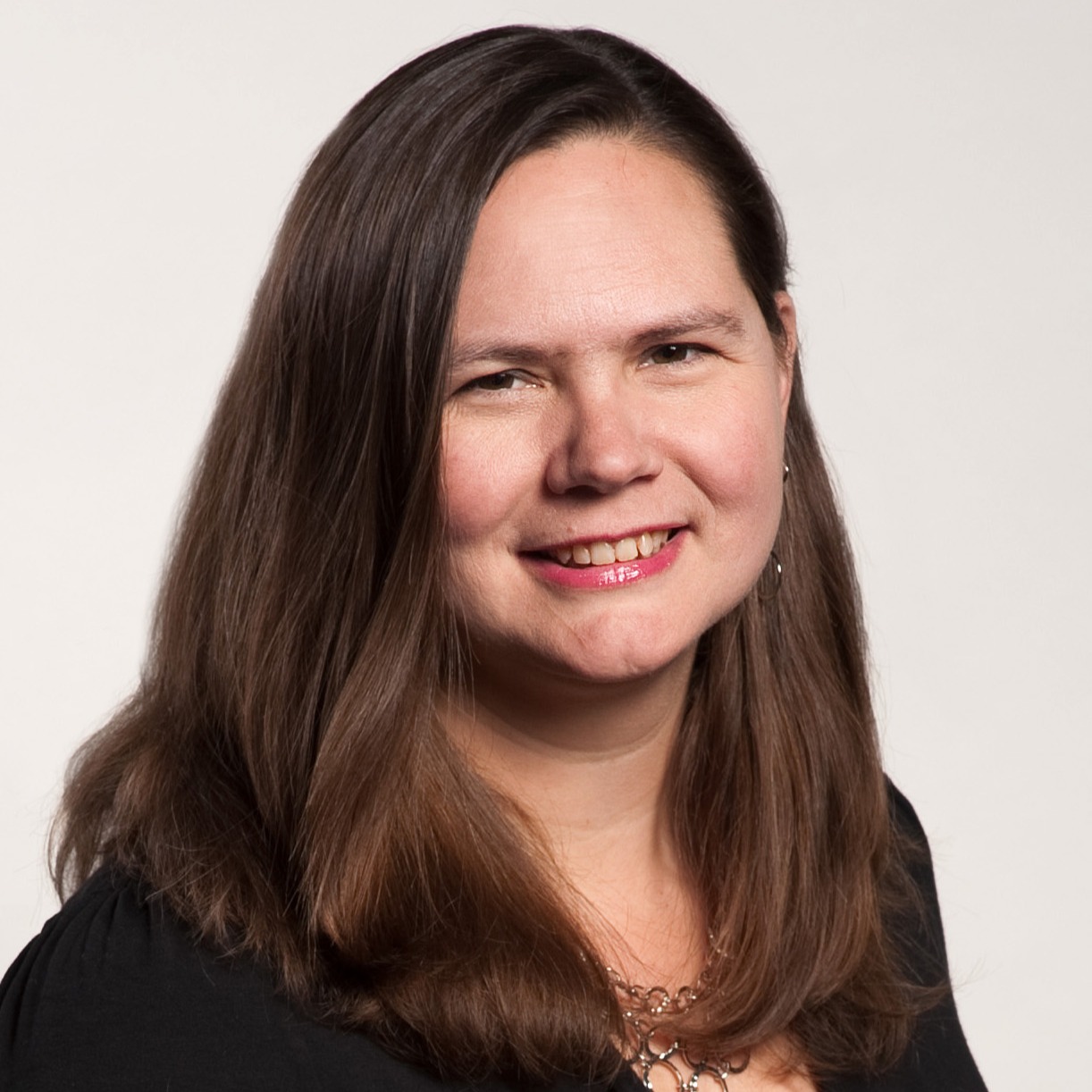
In this episode:
- Where do startups go wrong with implementing OKRs
- Can OKRs really scale for enterprise?
- What are pipelines and how do they change the way we think about product roadmaps?
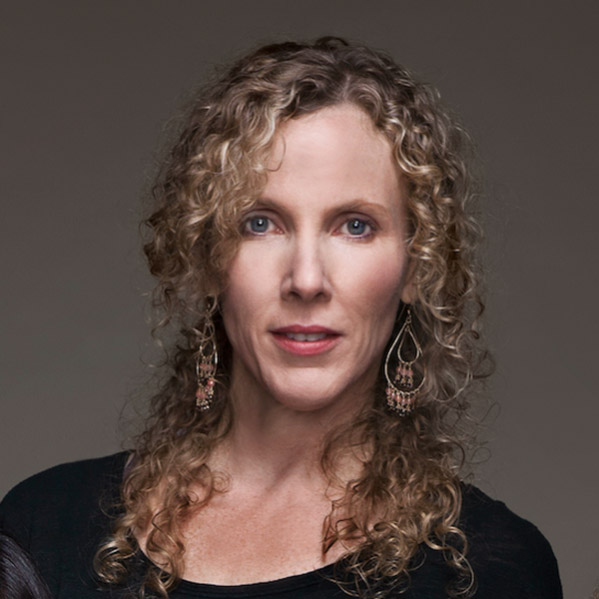
In this episode:
- From retail to product management
- Why relationship building is the number one required skill a product manager could have
- The value of having confidence with humility
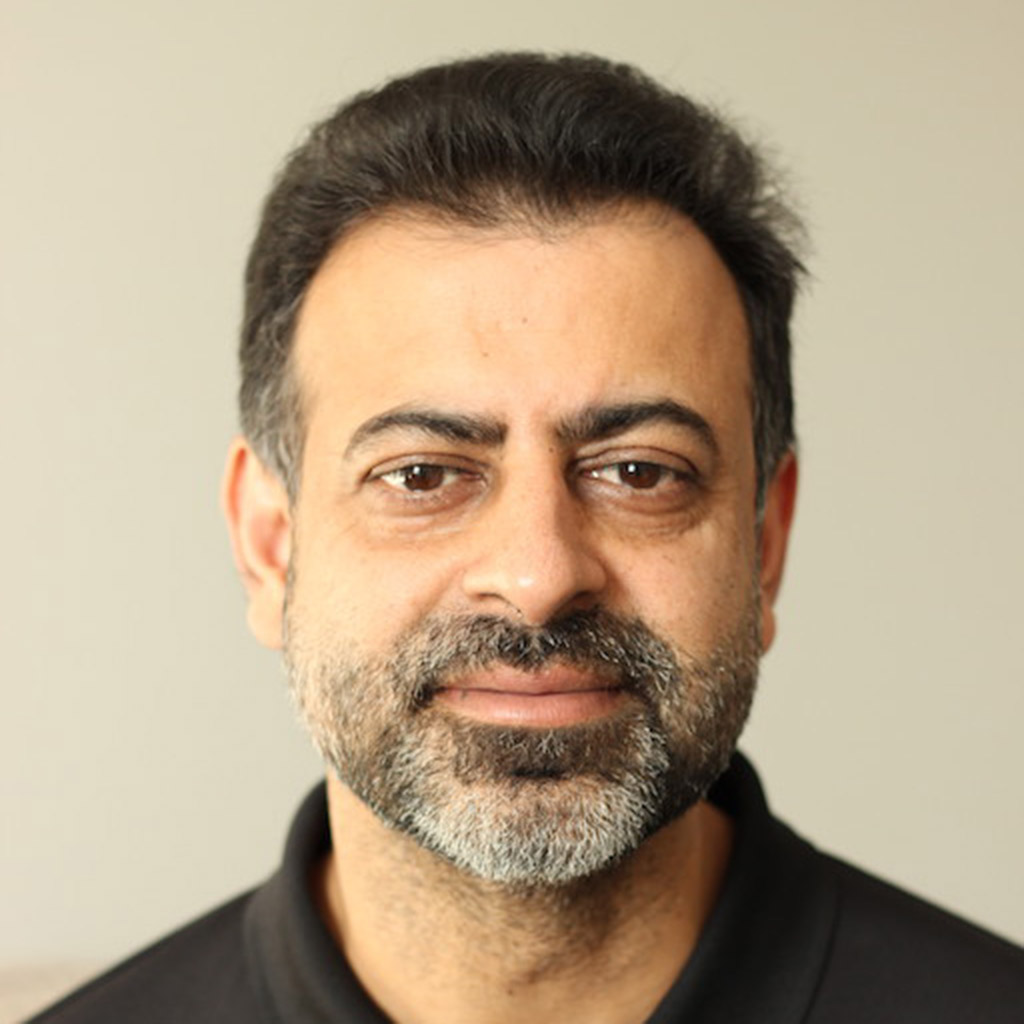
In this episode:
- Establishing a clear vision of your career path
- Using metrics to answer burning product questions
- What product managers can learn from biology
